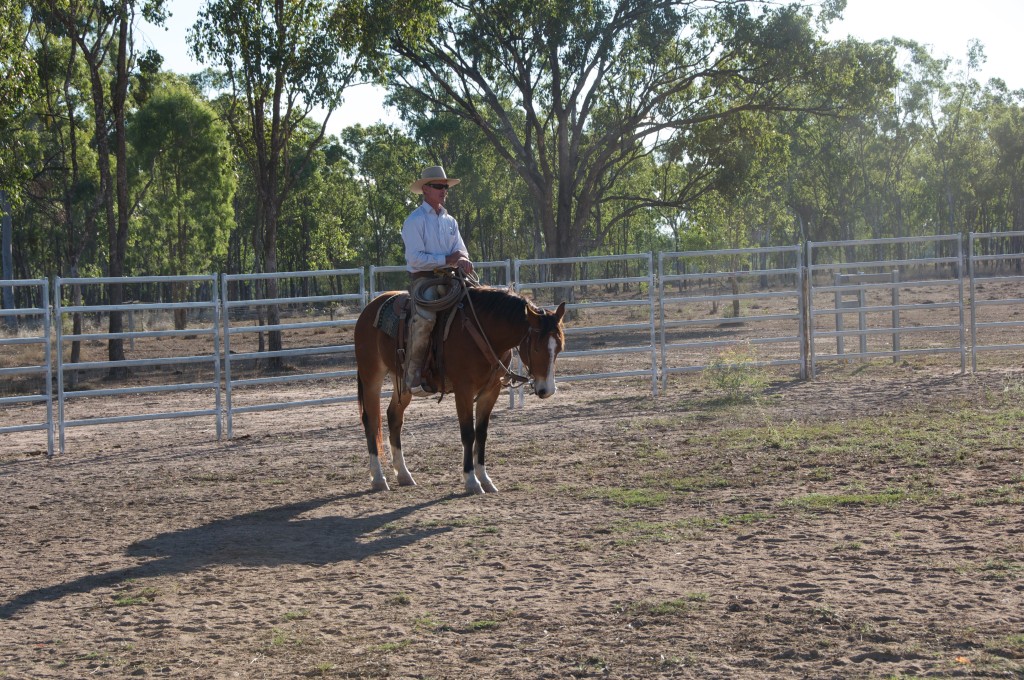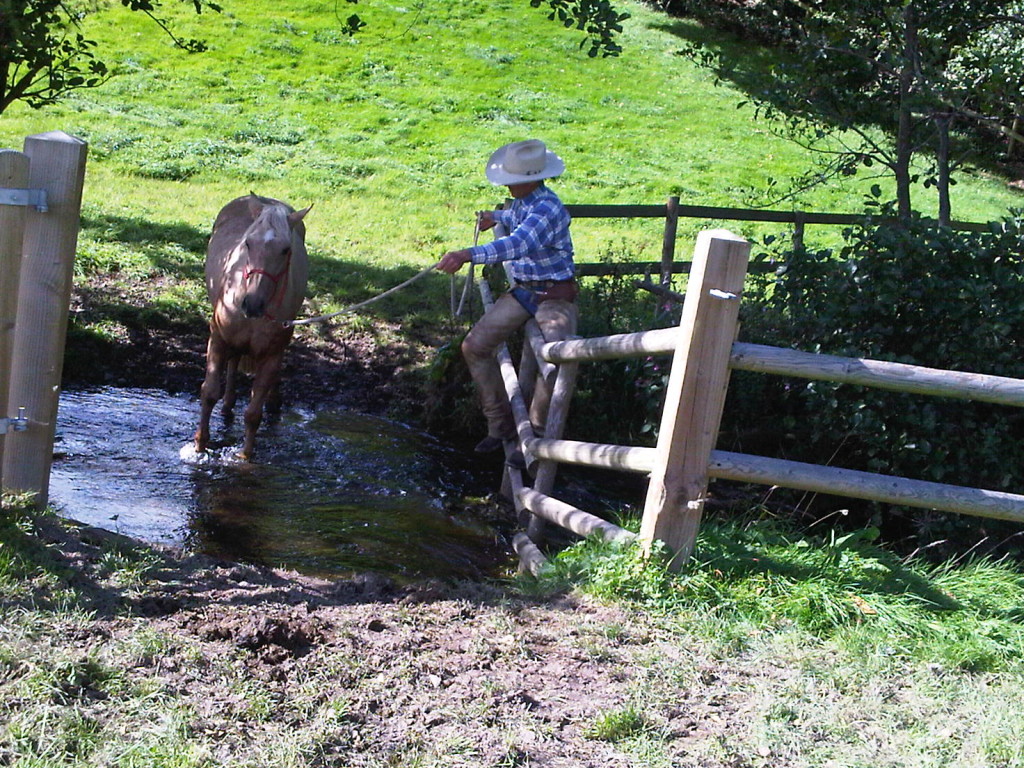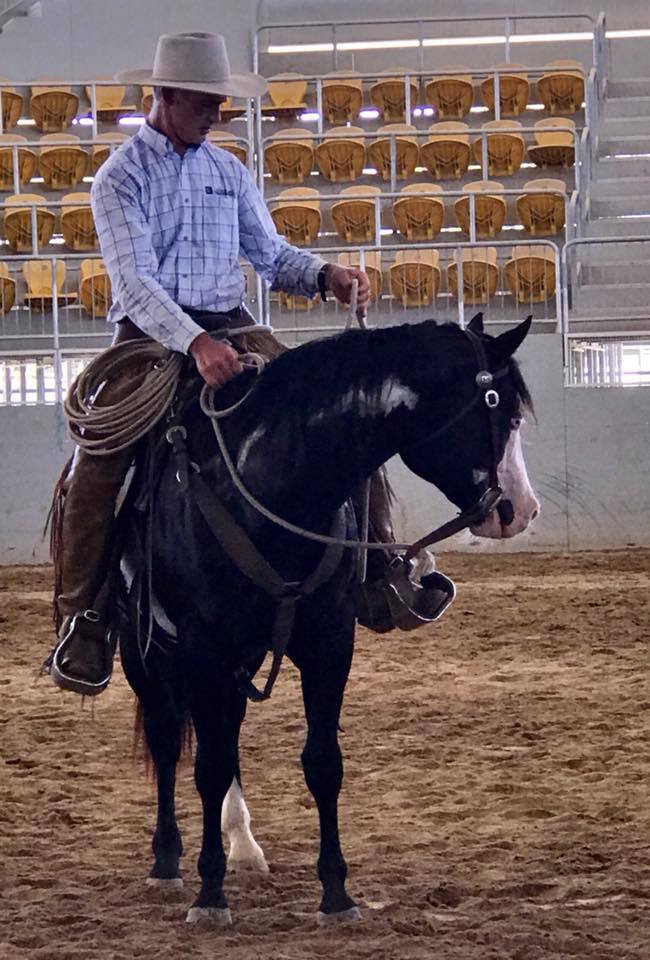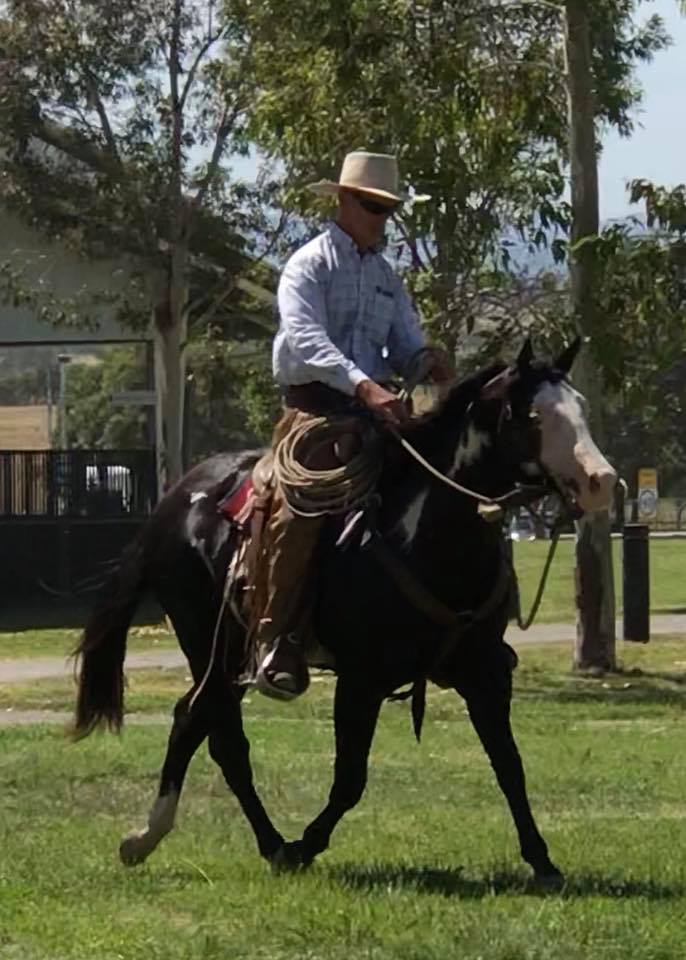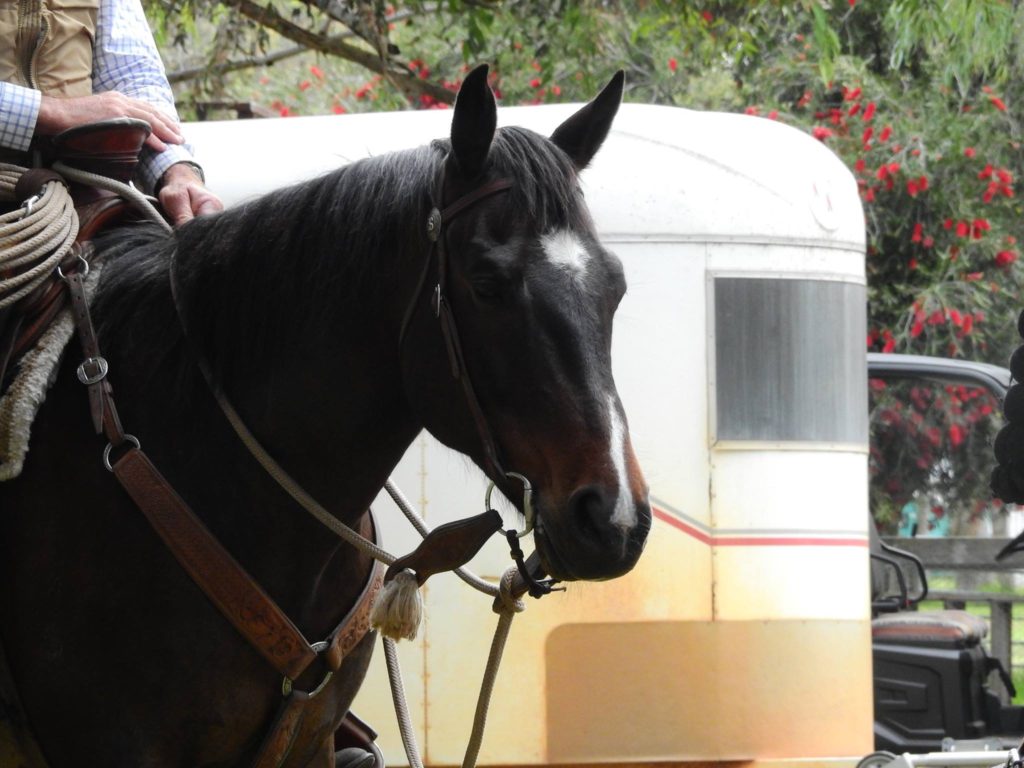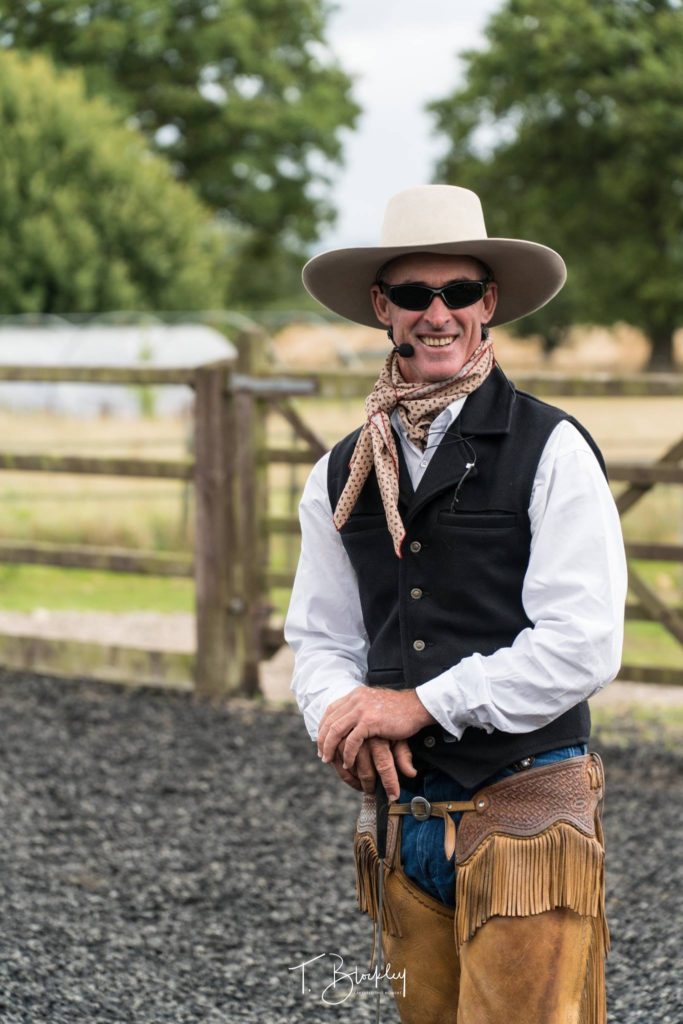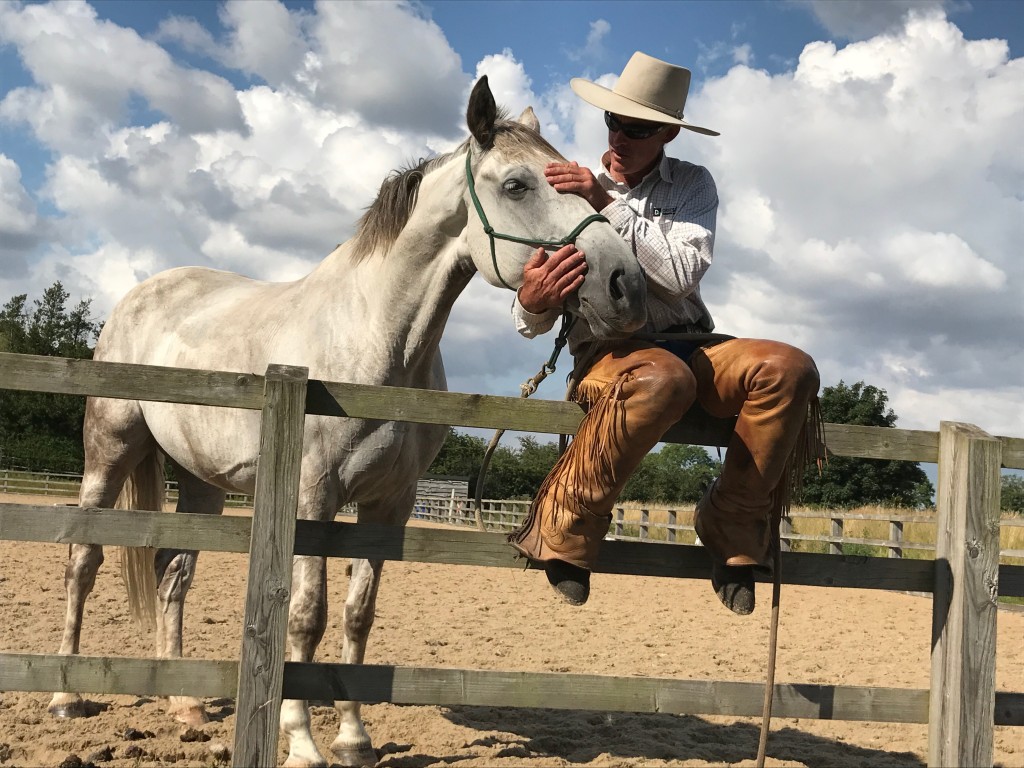![]() The new year is already under way and many new years resolutions have been made and cast aside. What is it, that you want to do with your horses? When you ask riders or auditors on courses, many have not really answered that question. Whatever your answer, be it for recreational reasons, competition or work, the horse is the common denominator and horsemanship is nondenominational. To have horses in your life shows you have a love of horses, improve your horsemanship and develop a riding horse that you are proud of. ( Horsemanship should not be thought of as a fad or style )
The new year is already under way and many new years resolutions have been made and cast aside. What is it, that you want to do with your horses? When you ask riders or auditors on courses, many have not really answered that question. Whatever your answer, be it for recreational reasons, competition or work, the horse is the common denominator and horsemanship is nondenominational. To have horses in your life shows you have a love of horses, improve your horsemanship and develop a riding horse that you are proud of. ( Horsemanship should not be thought of as a fad or style )
Over a few decades of teaching I have observed riders that make the most amount of progress in their horsemanship are the ones that educate themselves and then go away and do their homework. In this case they are the ones that over time develop a good riding horse through increasing their knowledge and refining and honing their skills What you define as a good riding horse today will be different tomorrow.
The horse above was a horse that came through a young horse intake a few years ago, he could kick and strike and buck a little. What has been exciting is to see how this little horse has developed into the riding horse that he is now. He is not perfect and will probably never win any ribbons etc. His self confidence has grown and he can work a cow both inside and outside an arena, rope horses or cattle, gather or muster cattle and amongst many other thing he puts a smile on my face when I ride him. Also what makes me smile is that I know if I had this horse 10 years ago he would not have ended up being the horse that he is evolving into.
Having a horse that is good to lead, tie up, bridle and has good ground manors is just as important as riding. Your ground work, is preparation for your riding under saddling. If your horse is not sure of you on the ground they will also reflect that when you are riding.
As a teacher/instructor I gain enjoyment out of seeing students progress, ( most instructors do I believe ). I also gain enjoyment out of seeing horses progress, from when they are started under saddle to their development into a nice riding horse. The horse below in the U.K. could really get to bucking and to be able to see the owner ride him was a highlight. It took time and dedication on both the rider and my part for this to happen.
If we can help develop ourselves our horses will reflect and benefit. Enjoy your horses and horsemanship.

